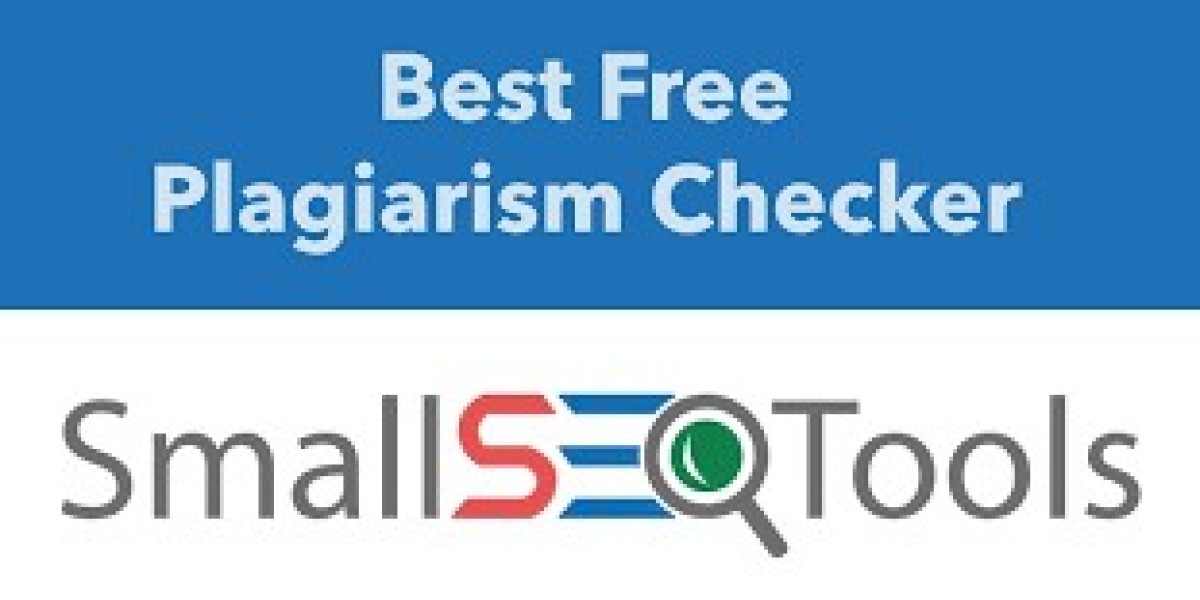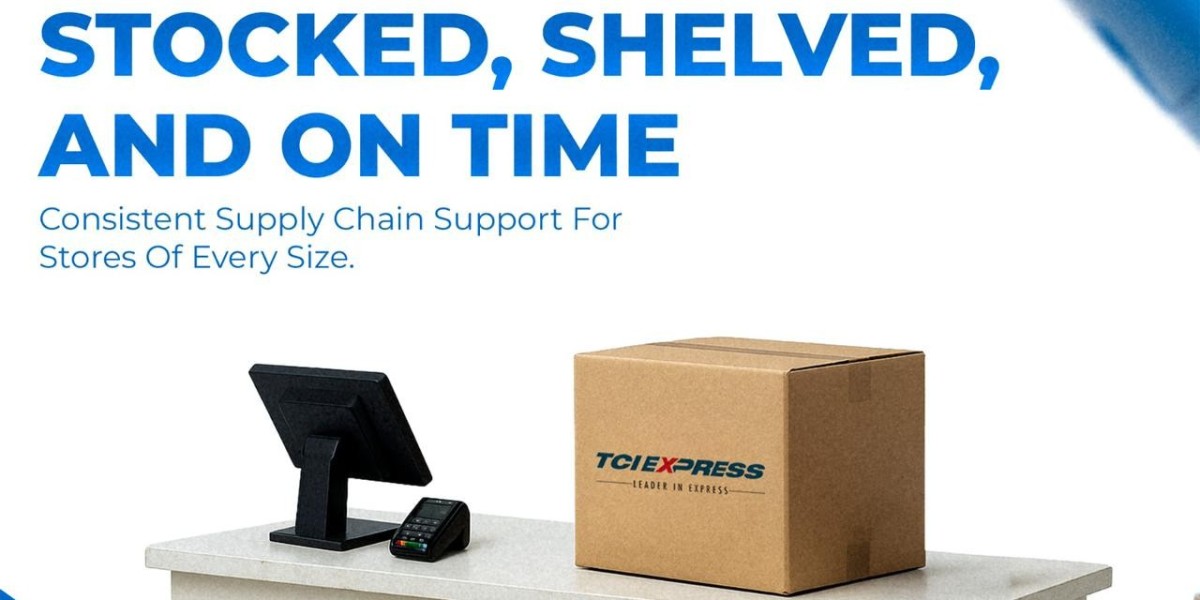Introduction
In today’s digital age, where information is shared, reshared, and published across countless platforms, maintaining originality in writing has become a top priority. Whether you're a student, educator, blogger, researcher, or business professional, ensuring that your content is plagiarism-free is vital. That’s where a plagiarism checker comes into play — a powerful tool designed to uphold content integrity and protect intellectual property.
Understanding Plagiarism: More Than Just Copying
Plagiarism isn’t just blatant copying. It comes in many forms — from directly lifting someone else’s work without citation to paraphrasing their ideas without giving credit. With the sheer volume of content available online, unintentional plagiarism is more common than most people realize.
There are several types of plagiarism, including:
Direct Plagiarism: Word-for-word copying of someone else’s work.
Self-Plagiarism: Reusing your own previously published content without disclosure.
Paraphrased Plagiarism: Rewriting someone’s work with slight alterations in wording.
Mosaic Plagiarism: Mixing copied text from multiple sources without attribution.
Given these varied forms, identifying plagiarism manually is almost impossible. That’s why a plagiarism checker is an essential tool for modern writers.
What Is a Plagiarism Checker?
A plagiarism checker is an online software tool that scans your written content and compares it with billions of web pages, academic papers, and published materials to detect any matches or similarities. These tools highlight parts of the text that may have been taken from existing sources, offering links to the original content for comparison.
The primary objective of a plagiarism checker is to:
Detect copied content.
Identify unintentional similarities.
Provide a plagiarism percentage.
Suggest citations or corrections.
Many plagiarism checkers also offer grammar and spelling checks, making them a one-stop solution for content editing.
How Plagiarism Checkers Work
Most plagiarism checkers use complex algorithms and natural language processing (NLP) to analyze and compare content. Here's a simplified breakdown of the process:
Text Analysis: The tool breaks down the input content into segments (phrases, sentences, or paragraphs).
Database Comparison: It then compares these segments against online sources, academic journals, books, and previously submitted content in its database.
Similarity Report: After scanning, it generates a report showing matched sources, plagiarism percentage, and areas that require citation or revision.
Thanks to artificial intelligence (AI), modern plagiarism checkers can now detect paraphrased plagiarism, not just direct copy-paste matches.
Benefits of Using a Plagiarism Checker
The advantages of using a plagiarism checker extend beyond academic institutions. Here's why individuals and organizations across industries rely on these tools:
Ensures Content Originality
Whether you're publishing a blog, writing a research paper, or submitting a school assignment, originality is key. A plagiarism checker helps verify that your work is truly unique.
See more article: plagiatsprüfer
Protects Reputation
Writers, journalists, and professionals risk damaging their credibility if accused of plagiarism. By verifying content through a plagiarism checker, you safeguard your personal or brand reputation.
Prevents Legal Issues
Publishing plagiarized content, even unknowingly, can lead to copyright infringement lawsuits. Plagiarism checkers help you steer clear of legal trouble by identifying potential risks early.
Saves Time
Instead of manually scanning through online content to verify originality, a plagiarism checker does the job in seconds, saving you hours of manual research.
Improves Writing Quality
Some plagiarism tools offer writing enhancement features, helping you improve grammar, style, and clarity — a bonus for anyone looking to polish their writing.
Who Should Use a Plagiarism Checker?
The use of plagiarism checkers isn’t restricted to any one group. In fact, they are beneficial for:
Students and Teachers: Ensuring academic honesty and originality in assignments, theses, and research papers.
Bloggers and Content Creators: Verifying that articles and posts are unique before publishing.
Authors and Journalists: Protecting intellectual property and avoiding accidental reuse.
Businesses and Marketers: Checking marketing materials, whitepapers, and ad copies for originality.
Freelancers: Maintaining credibility by submitting only original content to clients.
Popular Plagiarism Checkers on the Market
There are various plagiarism checkers available, each with its own features, accuracy, and pricing. Some of the most trusted tools include:
Grammarly: Offers a reliable plagiarism detection feature alongside grammar and style checks.
Turnitin: Widely used in academic institutions to detect plagiarism in student submissions.
Quetext: Known for its DeepSearch technology and user-friendly interface.
Copyscape: A favorite among bloggers and web publishers for checking duplicate online content.
Plagscan: Offers in-depth reports and is favored by businesses and academics alike.
Most of these tools offer free and premium versions depending on your needs.
How to Interpret a Plagiarism Report
Once you run your content through a plagiarism checker, it will provide a similarity report. Here's how to read it:
Plagiarism Percentage: Indicates how much of your content is similar to other sources.
Matched Sources: Shows where similar content was found.
Highlighted Text: Marks the exact lines or sentences that are similar or identical.
Citation Suggestions: Recommends how to properly cite the matched content.
A lower percentage (generally below 5%) is acceptable in most scenarios, especially if it includes common phrases or correctly cited quotes.
Best Practices to Avoid Plagiarism
While a plagiarism checker is a valuable safety net, it's equally important to develop good writing habits. Here are a few tips:
Always cite your sources.
Paraphrase effectively — don’t just change a few words.
Use quotation marks when quoting someone directly.
Keep notes of references during your research.
Run your content through a plagiarism checker before final submission.
By following these practices, you reduce the likelihood of unintentional plagiarism and improve your overall writing integrity.
Final Thoughts
In a world overflowing with information, standing out through originality has never been more crucial. Whether you're an academic, writer, marketer, or business professional, a plagiarism checker is your trusted companion in the quest for authentic content. It not only protects you from the repercussions of duplicated work but also helps refine your writing and bolster your credibility.
For more and latest article : Clicking Here






